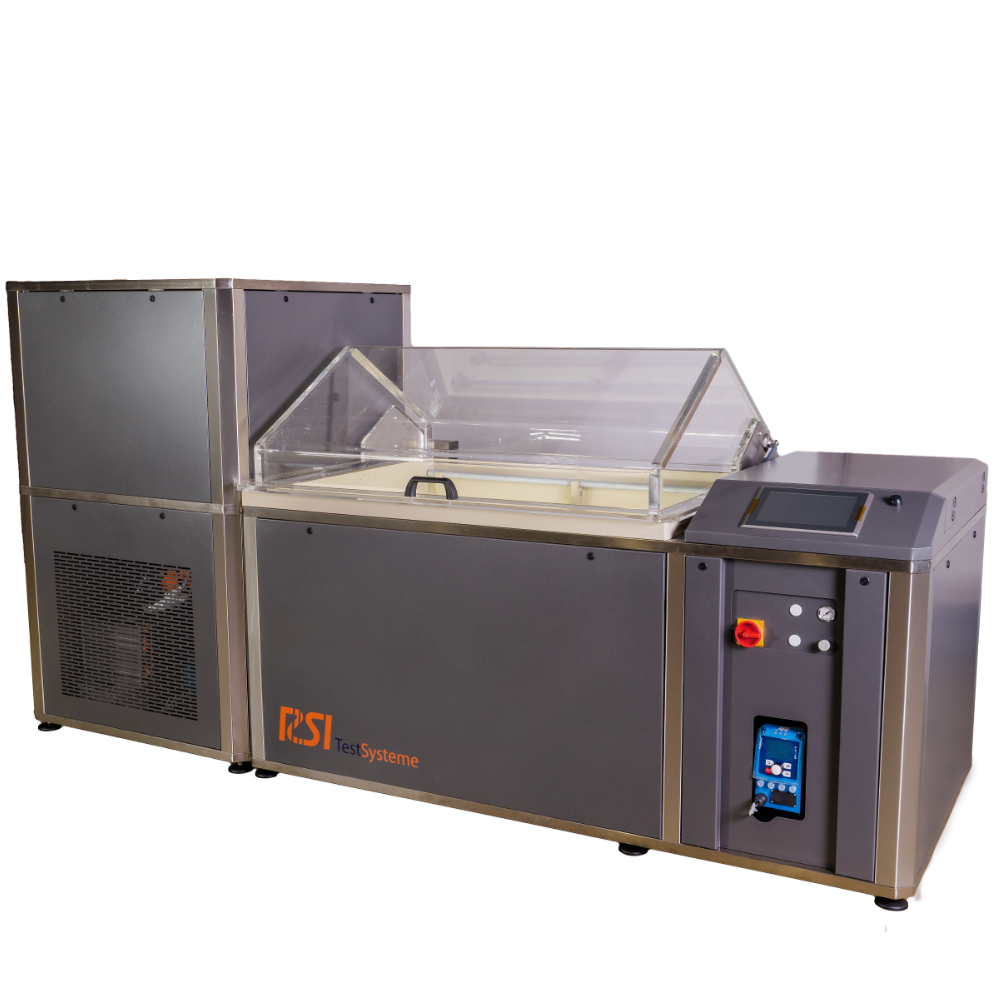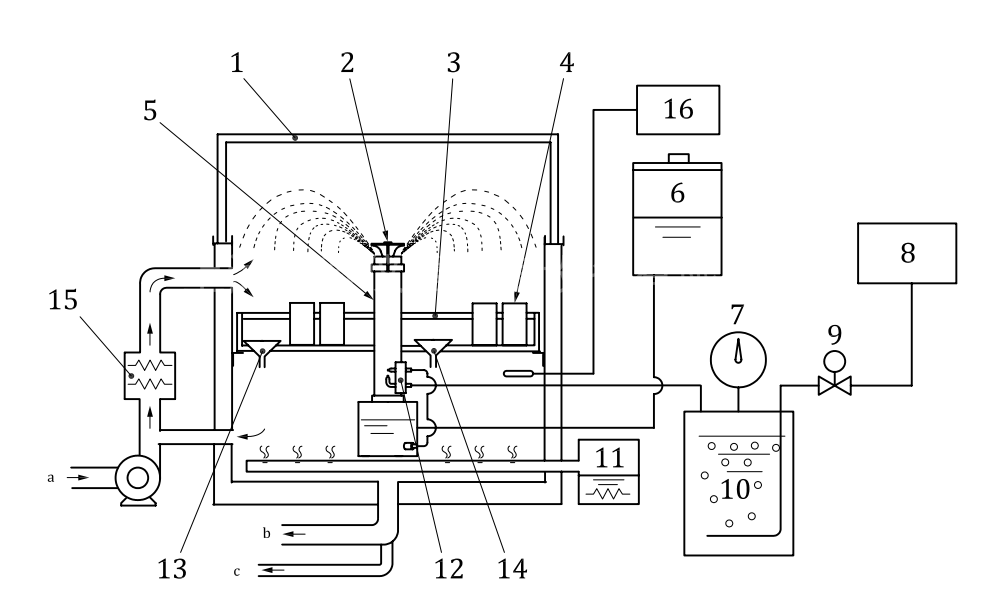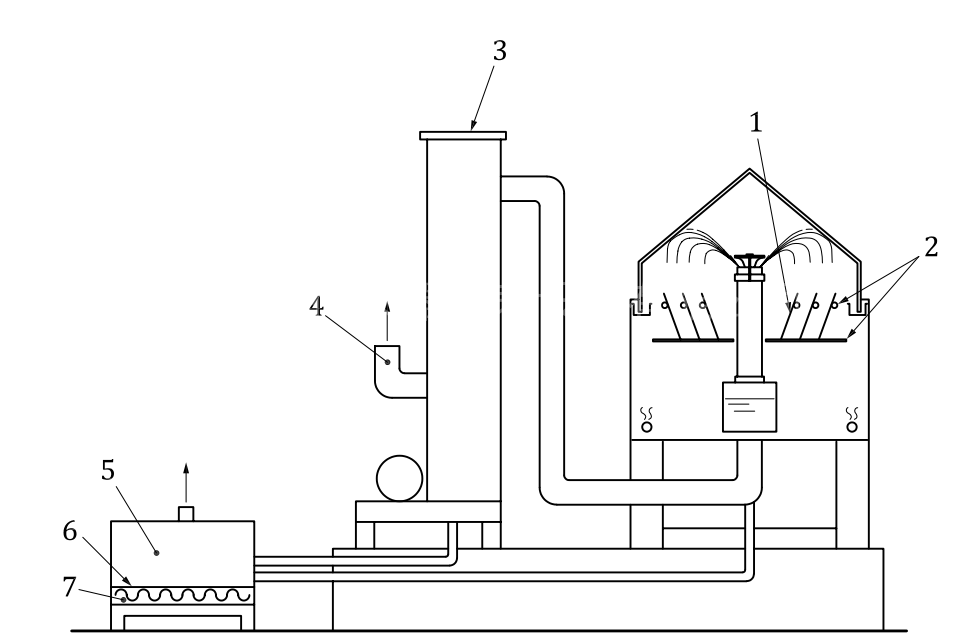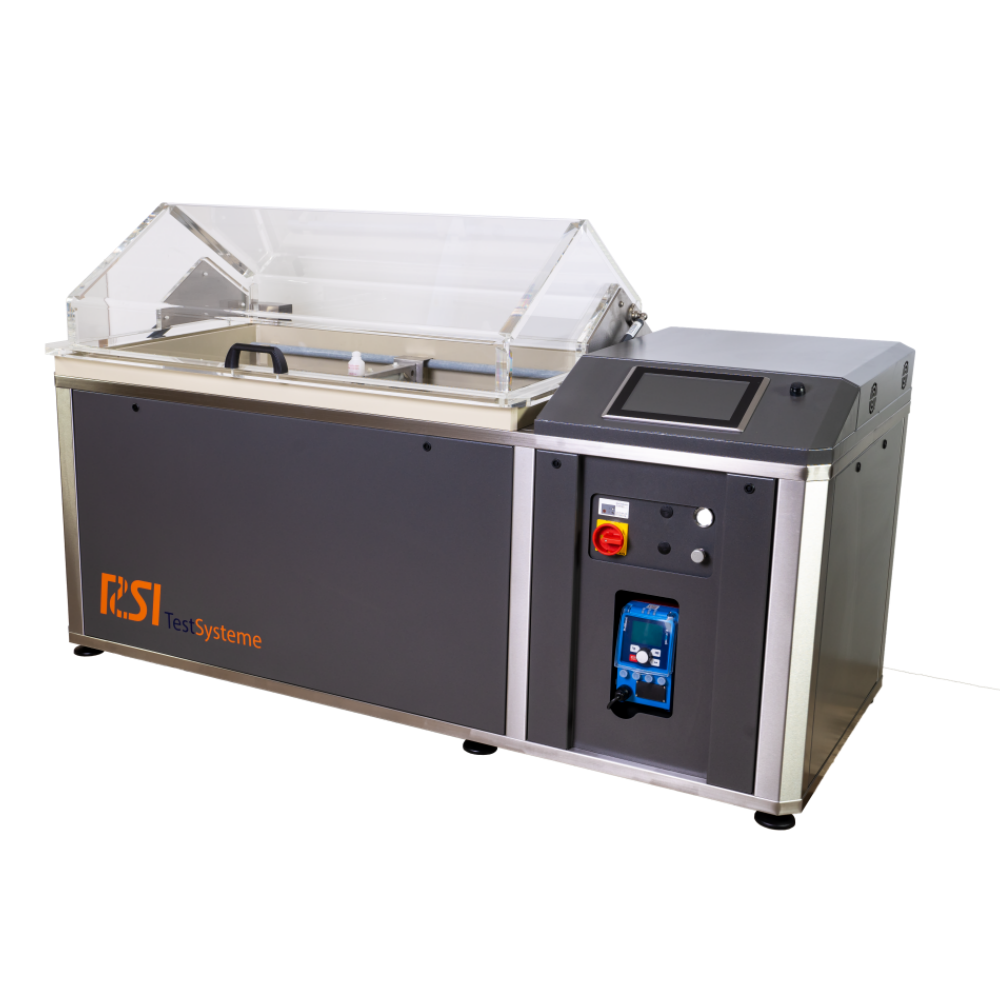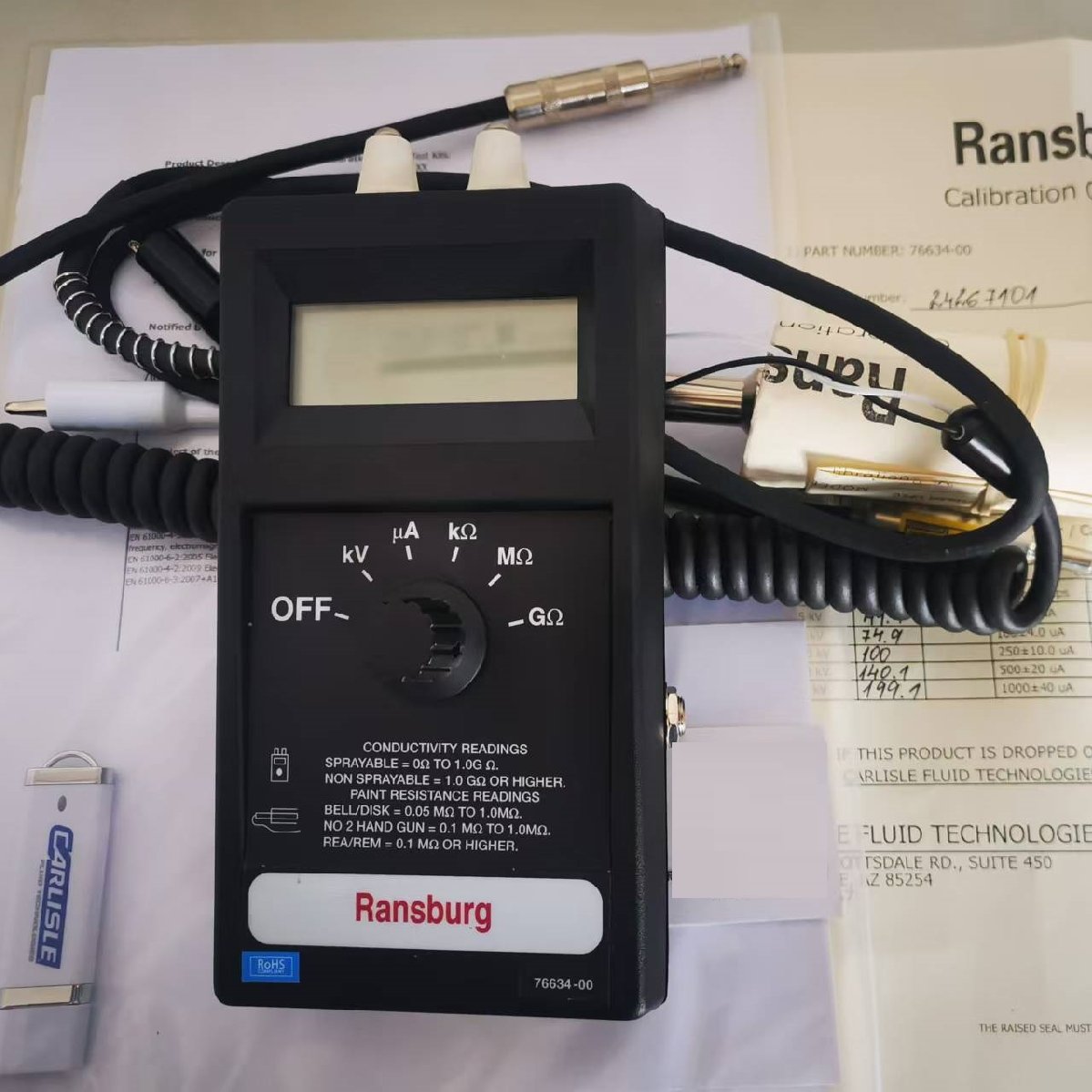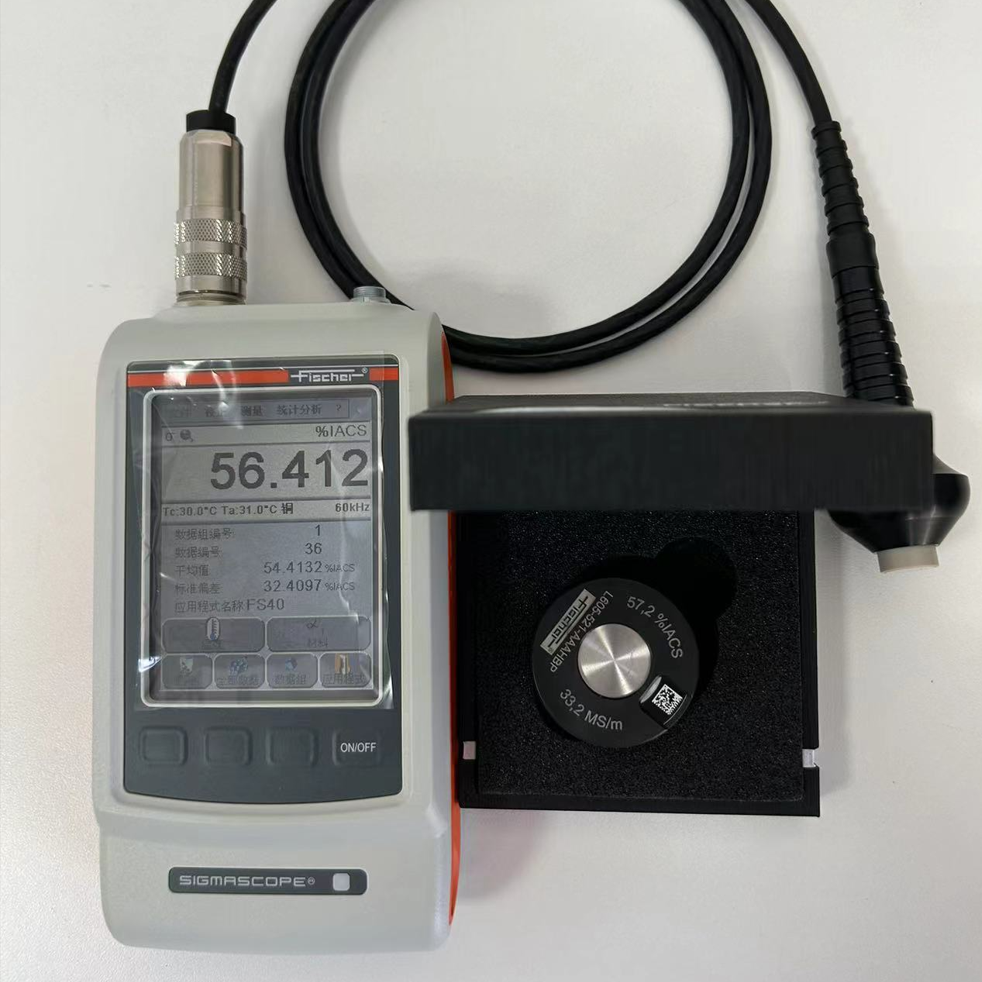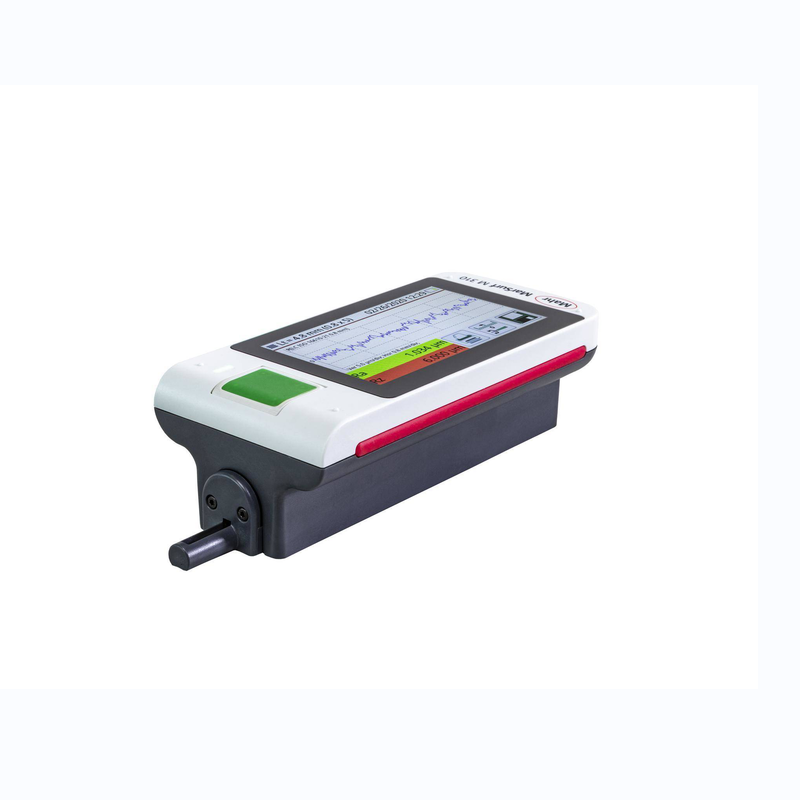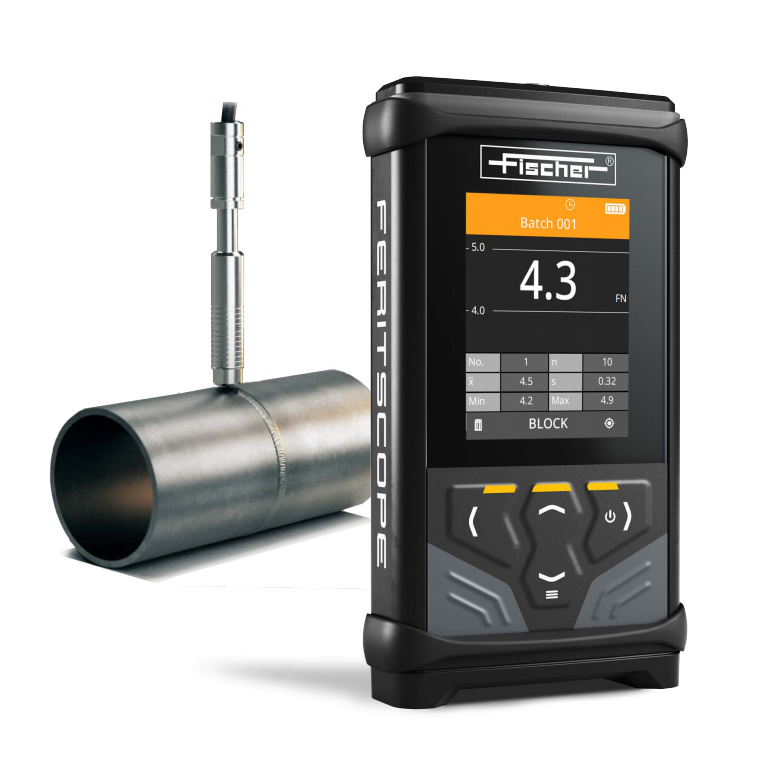- 技术文章
ISO14993金属和合金的腐蚀.在盐雾、干燥和潮湿条件下循环暴露的加速试验
2021-06-22 16:16:15 来源:上海鼎振仪器设备有限公司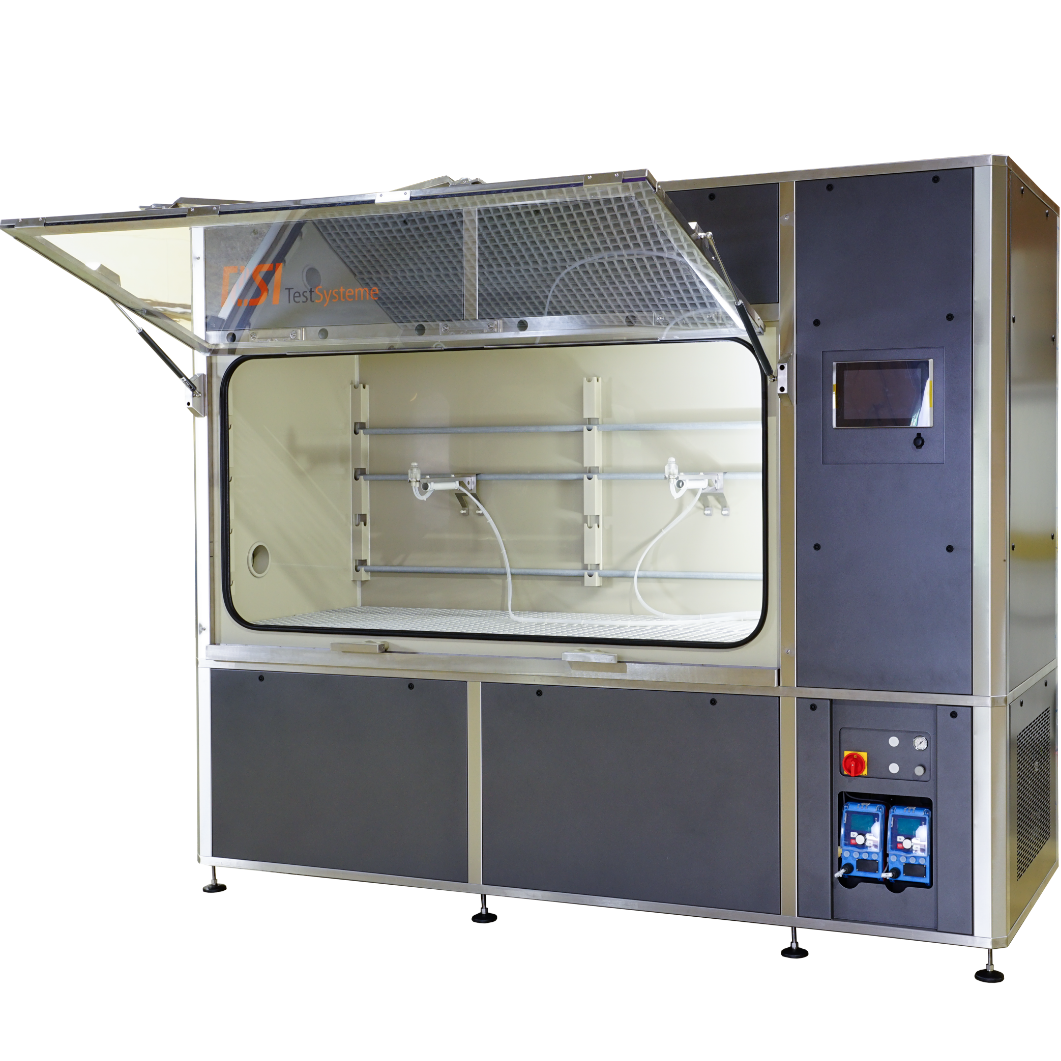
ISO14993金属和合金的腐蚀.在盐雾、干燥和潮湿条件下循环暴露的加速试验
ISO14993金属和合金的腐蚀试验箱
Corrosion of metals and alloys — Accelerated testing
involving cyclic exposure to salt mist, dry and wet
conditions
WARNING — This document may involve hazardous materials, operations and equipment. It does
not purport to address all of the safety problems associated with its use. It is the responsibility
of the user of this document to establish appropriate safety and health practices.
1 Scope
This document specifies the apparatus and test procedure to be used in conducting accelerated
corrosion tests for the comparative evaluation of metallic materials with or without permanent
corrosion protection or temporary corrosion protection in salt-contaminated outdoor environments.
The test involves cyclic exposure of the specimens to neutral salt mist, “dry” and “wet” conditions. The
type of test specimen and the exposure period are not specified.
The particular advantages of this test over common accelerated tests such as the neutral salt spray
(NSS) test lie in its ability to better reproduce the corrosion that occurs in outdoor salt-contaminated
environments.
This document is applicable to
—
metals and their alloys,
—
metallic coatings (anodic and cathodic),
—
conversion coatings,
—
anodic oxide coatings, and
—
organic coatings on metallic materials.
NOTE
Methods of test for coatings to determine their resistance, in the presence of scribe marks through
to the substrate, to various cyclic corrosion conditions which include the condensation of water on the test
specimens during periods of humidity are given in ISO 11997-1.
2 Normative references
The following documents are referred to in the text in such a way that some or all of their content
constitutes requirements of this document. For dated references, only the edition cited applies. For
undated references, the latest edition of the referenced document (including any amendments) applies.
ISO 1514, Paints and varnishes — Standard panels for testing
ISO 2808, Paints and varnishes — Determination of film thickness
ISO 4623-2:2016, Paints and varnishes — Determination of resistance to filiform corrosion — Part 2:
Aluminium substrates
ISO 8044, Corrosion of metals and alloys — Basic terms and definitions
ISO 17872, Paints and varnishes — Guidelines for the introduction of scribe marks through coatings on
metallic panels for corrosion testing
3 Terms and definitions
For the purposes of this document, the terms and definitions given in ISO 8044 and the following apply.
ISO and IEC maintain terminological databases for use in standardization at the following addresses:
—
ISO Online browsing platform: available a
3.1
reference material
material with known test performance
3.2
reference specimen
portion of the reference material (3.1) that is to be exposed with the intention to check the reproducibility
and repeatability of the test results for the test cabinet in use
3.3
test specimen
specific portion of the samples upon which the testing is to be performed
3.4
substitute specimen
specimen made of inert materials (such as plastic or glass) used for the substitute of a test specimen (3.3)
4 Test solution
4.1 General
Instructions for the preparation and use of a neutral sodium chloride solution are given in 4.2 and 4.3.
4.2 Preparation of the sodium chloride solution
Dissolve a sufficient mass of sodium chloride in distilled or deionized water with a conductivity no
higher than 20 μS/cm at 25 °C ± 2 °C to produce a concentration of 50 g/l ± 5 g/l. The sodium chloride
concentration of the sprayed solution collected shall be 50 g/l ± 5 g/l. The specific gravity range for a
50 g/l ± 5 g/l solution is 1,029 to 1,036 at 25 °C.
The sodium chloride shall not contain a mass fraction of the heavy metals of copper (Cu), nickel (Ni) and
lead (Pb) in total more than 0,005 %. It shall not contain a mass fraction of sodium iodide more than
0,1 % and a mass fraction of total impurities more than 0,5 %, calculated for dry salt.
NOTE
Sodium chloride with anti-caking agents can act as corrosion inhibitors or accelerators. A useful
sodium chloride salt grade is a grade named Ph. Eur/USP or JIS, ACS.
4.3 pH adjustment
Adjust the pH of the salt solution so that the pH of the sprayed solution collected within the test cabinet
is 6,5 to 7,2 at 25 °C ± 2 °C. Check the pH using electrometric measurement. Measurements of pH
shall be done using electrode suitable for measuring in weakly buffered sodium chloride solutions in
deionized water. Make any necessary corrections by adding hydrochloric acid, sodium hydroxide or
sodium bicarbonate solution of analytical grade.
NOTE
Possible changes in pH can result from loss of carbon dioxide from the solution when it is sprayed.
Such changes can be avoided by reducing the carbon dioxide content of the solution by, for example, heating it
to a temperature greater than 35 °C before it is placed in the apparatus, or by making the solution from freshly
boiled water.
5 Apparatus
5.1 Component protection
All components in contact with the salt mist spray or the test solution shall be made of, or lined with,
materials which are resistant to corrosion by the test solution and which do not influence the corrosivity
of the sprayed test solution.
The supports for the test specimen shall be constructed such that different substrate types do not
influence each other. It shall also be constructed so that the supports themselves do not influence the
test specimens.
5.2 Exposure equipment
5.2.1 Test cabinet, that meets the conditions of homogeneity and distribution of the spray. Due to the
limited capacity of test cabinets smaller than 0,4 m3, the effect of the loading of the test cabinet on the
distribution of the spray and temperature shall be carefully considered. The solution shall not be sprayed
directly onto test specimens but rather spread throughout the test cabinet so that it falls naturally down
on them. The upper parts of the test cabinet shall be designed so that drops of sprayed solution formed
on its surface do not fall on the specimens being tested.
The size and shape of the test cabinet shall be such that during periods of exposure to salt mist spray,
the collection rate of solution in the test cabinet is within the limits specified in 8.2.
NOTE
A schematic diagram of one possible design of test cabinet and associated apparatus for salt mist
cyclic corrosion testing is shown in Annex A.
5.2.2 Humidity and temperature control system, that maintains the test cabinet and its contents
at the specified temperature and humidity (see 8.1). The temperature shall be measured at a position at
least 100 mm from walls and radiant heat sources.
5.2.3 Spraying device, for spraying the salt solution during periods of exposure to salt mist spray
comprising a supply of air at controlled pressure, a reservoir containing the solution to be sprayed and
one or more atomizers.
The compressed air supplied to the atomizers shall be passed through a filter to remove all traces
of oil or solid matter and shall be at an overpressure of 70 kPa to 170 kPa. The pressure is typically
98 kPa ± 10 kPa but can vary depending on the type of test cabinet and atomizer used.
5.2.4 Air saturator, consisting of a saturation tower containing hot water at a temperature higher
than that of the test cabinet. In order to prevent evaporation of water from the sprayed droplets, the air
shall be humidified before entering the atomizer, by passage through this tower.
During periods of exposure to the salt mist, the appropriate temperature depends on the pressure used
and on the type of atomizer nozzle and shall be adjusted so that the rate of collection of spray in the test
cabinet and the concentration of the collected spray are kept to within the specified limits (see 8.2). The
level of water shall be maintained automatically to ensure adequate humidification.
The atomizers shall be made of inert material, e.g. glass or plastic materials. Baffles may be used to
prevent direct impact of spray on the test specimens and the use of adjustable baffles is helpful in
obtaining constant distribution of spray within the test cabinet. The level of the salt solution in the
supply tank shall be maintained automatically to ensure constant spray delivery throughout the test.
5.2.5 Collecting devices, at least two, consisting of clean funnels with a collecting area of approximately
80 cm2 made of glass or other chemically inert material, with the stems inserted into graduated cylinders
or other similar containers. The purpose of the collecting devices is to confirm that the collection rate
is within specified limits (see 8.2). They shall be placed in the zone of the test cabinet where the test
specimens are placed, one close to the spray inlet and one remote from an inlet and in such a way that
only spray, and not the liquid falling from specimens or from parts of the test cabinet, is collected.
5.2.6 Air dryer, comprising a heating device and fan to supply dried air of the specified humidity
during “dry” periods (see Table 1).
5.2.7 Exhaust system, by which air is exhausted from the test cabinet. It shall not be influenced by the
back pressure of the atmosphere when the air is released at a point outside the building.
6 Test specimens
6.1 The number and type of test specimens, their shape and their dimensions, shall be selected in
accordance with the specification for the material or product being tested. When not specified, these
parameters shall be mutually agreed between the interested parties. Unless otherwise specified or agreed,
test specimens with an organic coating to be tested shall be made from burnished steel conforming
with ISO 1514, and of approximate dimensions 150 mm × 100 mm × 1 mm. Annex C describes how test
specimens with organic coatings shall be prepared for testing. Annex D gives supplementary information
that shall be supplied, as appropriate, for testing test specimens with organic coatings.
6.2 The test specimens shall be thoroughly cleaned before testing, if not otherwise specified. The
cleaning method employed shall depend on the nature of the material, its surface and the contaminants
and shall not include the use of any abrasives or solvents which may attack the surface of the specimens.
Care shall be taken that test specimens are not re-contaminated after cleaning by careless handling.
6.3 If the test specimens are cut from a larger coated sample, cutting shall be carried out in such a way
that the coating is not damaged in the area adjacent to the cut. Unless otherwise specified, the cut edges
shall be adequately protected by coating them with a suitable material, which remains stable under the
conditions of the test, such as paint, wax or adhesive tape.
7 Arrangement of the test specimens
7.1 The test specimens shall be placed in the test cabinet so that they are not in the direct path of spray
from the atomizer.
7.2 If the test cabinet is not full of test specimens, it is recommended to fill it with inert flat substitute
specimens of the same size as a reference specimen, in order to ensure uniformity of the spray. The
material used shall be plastics, glass, or other inert insulating materials, which would not influence
corrosion of the test specimens being tested.
7.3 The angle at which the surfaces of the test specimens are exposed in the test cabinet is very
important. The specimen shall, in principle, be flat and placed in the test cabinet facing upwards at an
angle as close as possible to 20° to the vertical. This angle shall, in all cases, be within limits 15° to 25°.
In the case of irregular surfaces, e.g. entire components, these limits shall be adhered to as closely as
possible.
7.4 The test specimens shall be arranged so that they do not come into contact with the test cabinet
and so that the surfaces to be tested are exposed to free circulation of spray. The specimens may be placed
at different levels within the test cabinet, as long as the solution does not drip from specimens or their
supports at one level onto other specimens placed below. However, for a new examination, or for tests with
a total duration exceeding 96 h, location permutation of specimens is permitted. In this case, the number
and frequency of the permutations are left to the operator and shall be indicated in the test report.
7.5 The supports for the test specimens shall be made of inert non-metallic material, such as glass,
plastic or suitably coated wood. If it is necessary to suspend specimens, the material used shall not be
metallic but shall be synthetic fibre, cotton thread or another inert insulating material.
8 Operating conditions
8.1
The test conditions are summarized in Table 1.
1
Salt mist conditions
1) Temperature
2) Salt solution
35 °C ± 1 °C
pH 6,5 to 7,2, salt concentration 50 g/l ± 5 g/l as
described in Clause 4
2
“Dry” conditions
(The air is purged under dry conditions.)
1) Temperature
2) Relative humidity
60 °C ± 1 °C
< 30 %
3
“Wet” conditions
(Condensation on the test specimens shall not occur
under wet conditions.)
1) Temperature
2) Relative humidity
50 °C ± 1 °C
> 95 %
4
Period and content of a single exposure cycle
Total period 8 h, as follows:
Salt mist spray 2 h
“Dry” conditions 4 h
“Wet” conditions 2 h
(These times include the time for reaching the
specified temperature for each condition.)
5
-
 上海鼎振仪器设备有限公司
上海鼎振仪器设备有限公司咨询热线 13472521719 内容声明:谷瀑为第三方平台及互联网信息服务提供者,谷瀑(含网站、客户端等)所展示的商品/服务的标题、价格、详情等信息内容系由店铺经营者发布,其真实性、准确性和合法性均由店铺经营者负责。谷瀑提醒您购买商品/服务前注意谨慎核实,如您对商品/服务的标题、价格、详情等任何信息有任何疑问的,请在购买前通过谷瀑与店铺经营者沟通确认;谷瀑上存在海量店铺,如您发现店铺内有任何违法/侵权信息,请在谷瀑首页底栏投诉通道进行投诉。上海鼎振仪器设备有限公司 电话:021-32535039 手机:13472521719 地址: 上海市嘉定区德富路1198号803室太湖世家国际大厦
 扫一扫,手机浏览
扫一扫,手机浏览